2024 – CHW
Crataegus aprica still in full leaf with, as yet, unripe fruits.
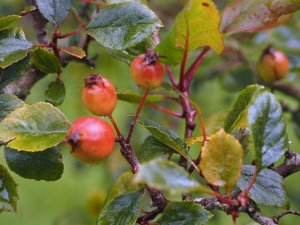
More Malus with fruits in the Kitchen Garden.Malus x robusta ‘Red Sentinel’.
Schima superba just out into flower by Donkey Shoe. Earlier than usual.
2021 – CHW
Here is the answer to the odd fungus collected during the fungus survey here on 28th September:
I left a specimen on your entrance table by the pine cones, a branch covered in ‘Orange Pore fungus’ or Favolaschia calocera, this is widespread throughout the estate. It is native to Madagascar and was first found in the UK at Enys, it has since spread around the County. It is a saprotroph and not fussy as to diet being found on a wide range of dead trees and shrubs. However at Caerhays it is the first time we have found it on a gymnosperm. I would like to know the tree species, I think it is Cunninghamia lanceolata. There is a mass of the tiny orange ‘ping pong bats’ on a felled trunk just in the woodland above the parking area and there is one standing trunk there.It Has broad lanceolate needles around the stem and rich reddish brown bark.
A large number of pale brown mushrooms growing up in the Castle Wood on soil and pine debris may prove to be an interesting species of Agrocybe. I have sent my notes and photos for an opinion from Kew mycology department.
2020 – CHW
More close up pictures of the leaf structure and habit of the Ilex mutchagara at Burncoose. ‘New Trees’ suggest this may be another name for Ilex mitis from sub-Saharan Africa where it is a large tree growing on Table Mountain and Mount Kilimanjaro above 2,500 meters. I remain doubtful.
Going back to Ilex mutchagara Bean says it is a close ally of Ilex crenata from the Ryukyu archipelago. In reality Ilex crenata var. mutchagara.
Bean also says that two Ilex kingiana at Caerhays were awarded an Award of Merit when shown by FJW on 25th February 1964. This was previously called Ilex insignis. In the clump of three elderly hollies by the Podocarpus salignus clump we probably have one Ilex kingiana and two Ilex dipyrena. The two elderly ilex above the Crinodendron Hedge are also probably Ilex dipyrena. The confusion has come in part from the identification of the ilex above the greenhouse previously as Ilex dipyrena when it is in fact Ilex bioritsensis. Bean (probably) correctly identifies the two Ilex dipyrena with their Forrest numbers as F 25362 and F 25424. These collections postdate the Forrest ilex lists of my father’s which do not cover his later expeditions. Forrest called Ilex bioritsensis Ilex pernyi var. veitchii which added to the muddle.Bean mentions seven Ilex cytura growing as a clump at Trewithen. I need to get to see these. Originally this holly was called Ilex forrestii and also incorrectly identified as Ilex ficoidea. Bean says that a holly at Caerhays may be Ilex cytura and was identified as such by David Hurst.
Here are pictures of the old Ilex dipyrena which did not have any berries when cut down by Jaimie recently. I guess we now have enough for Susyn Andrews to work on when she visits next spring.
2019 – CHW
Magnolia obovata ‘Pink Flush’ now has ripe seed showing on a brown seed pod at the very top of the young tree. Asia will need the long handled pruners to get it quickly before the squirrels do. A lower down seed pod is still not yet ripe or shedding.
The first fruits on Zanthoxylum armatum. The most obvious armaments appear as the prickles on the stems and branches but the fruits seem well protected too.
</div
Amazingly Michelia ‘Mixed up Miss’ still has flowers showing. Quite a few in fact. Is this how it gets its name rather than from the flower colour? No other michelia is doing this in the garden.
The seed picture quest continues. What is by now clear is that not only is this a very poor magnolia seeding year but it is also a poor seeding year for many types of plants including camellias and a lot of rhododendrons. Styrax seem to be the exception and are all laden with, as yet unripe, spherical seed pods. Staphylea colchica has ‘bladder nuts’ which have ‘burst’ (ie the pods have deflated) and are ready to gather.
Styrax serrulatus has seeds which are green and only half swollen.
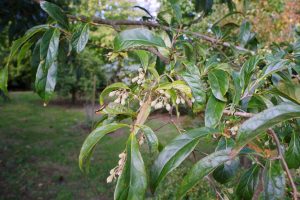
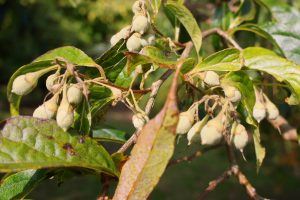
Styrax hemsleyanus which has individual flowers rather than flower clusters is similarly ‘unready’.
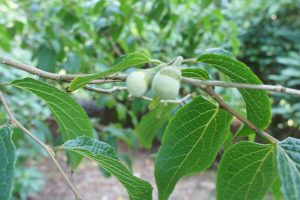
Quercus myrsinifolia has very tiny acorn clusters. They certainly are not ripe and I do not think they will now ever swell or develop properly.
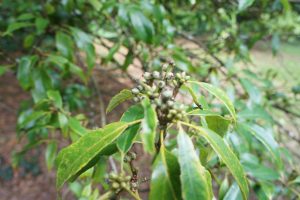
2015 – CHWJust missed the autumn colour on Cercidiphyllum japonicum ‘Strawberry’ which is really a spring show rather than an autumn one but not bad at all.
Nearby is a good young plant of Podocarpus acutifolius which has a strange flattening of some of its stems rather like Salix udensis ‘Selika’ or Cryptomeria ‘Sekkan-sugi’. I have never seen this before in a podocarpus and wonder if it is an abnormality or not? Quite attractive but I cannot remember the specific name for this feature other than ‘flattened stems’.
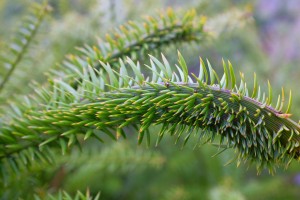
2000 – FJW
First Sasanqua flowers on plant nearest side door seen.
1949 – CW
A very long dry summer. Big leaf rhododendron growth small. The 2 Sinogrande by big group of Barbatum about dead. White Sasanqua by stables nearly over, others well out. One Decorum out and a nice bit of Repens, also a lot of Yellow Hammer. All Auriculatum hybrids over. Still some Magnolia delavayi and both forms of Grandiflora. Cyclamen good.
1943 – CW
Daffodils up and quite a lot of pink Sasanqua Camellia now out.
1936 – JCW
Returned from Scotland. They have cleared the main opening and wait for the screen before planting.
1920 – JCW
There are about 25 species of rhodo showing flower.
1917 – JCW
The hydrangeas remain good. Lapagerias and cyclamen wane, no roses to speak of. Clematis paniculata nears its best.








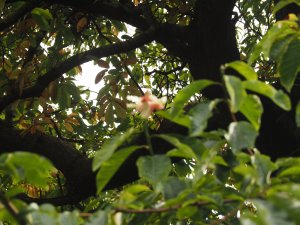
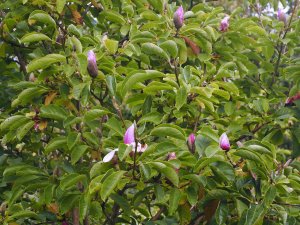
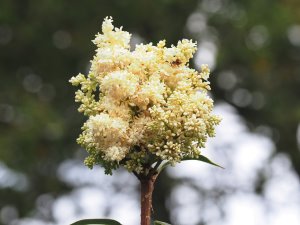
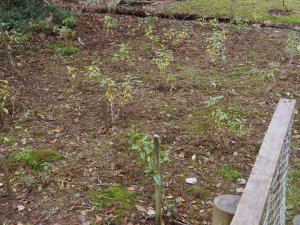
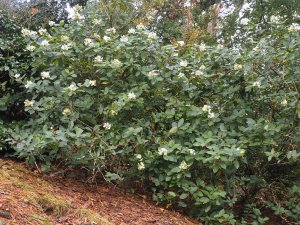
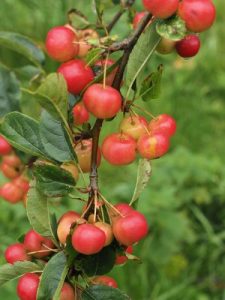
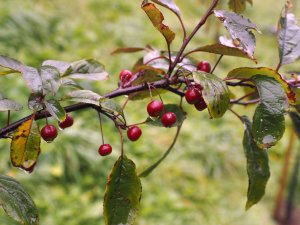
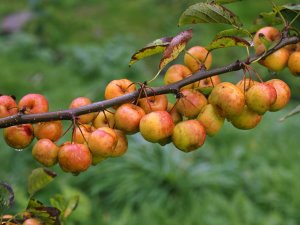
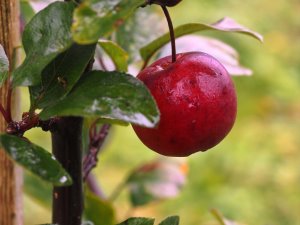
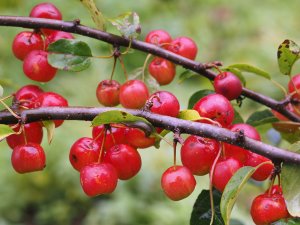
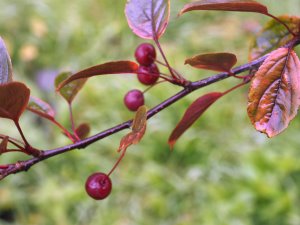
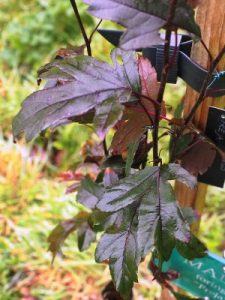
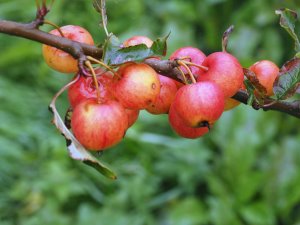
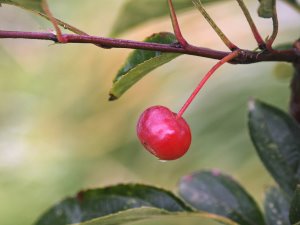
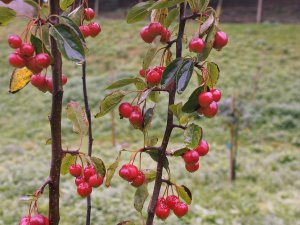
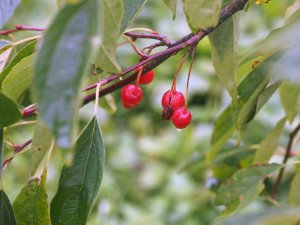
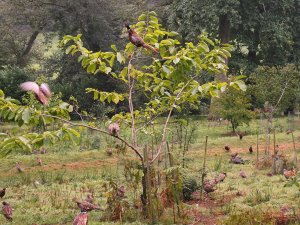
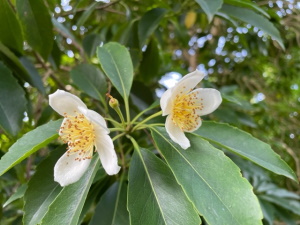
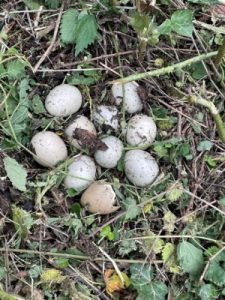
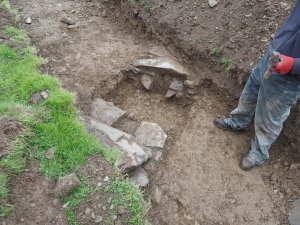
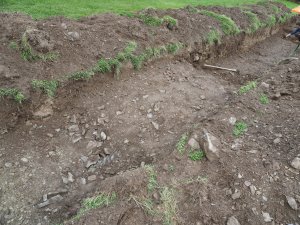
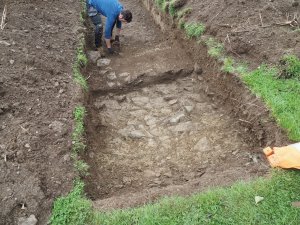
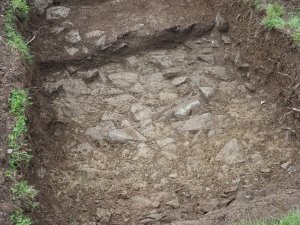
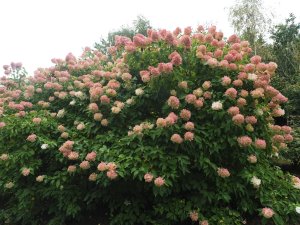

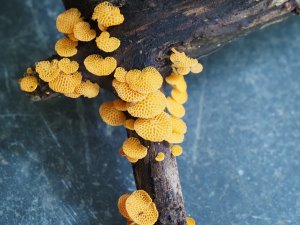

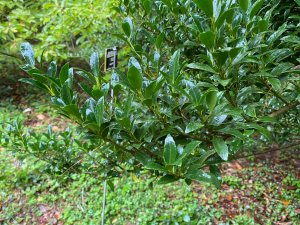
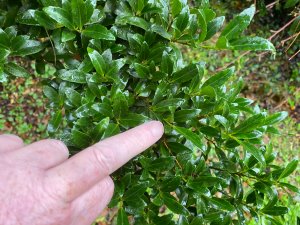
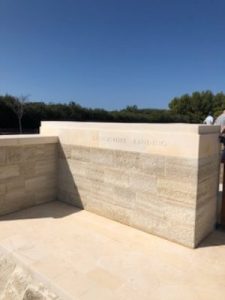
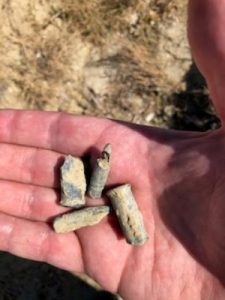
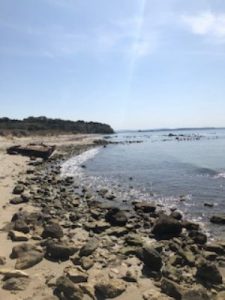
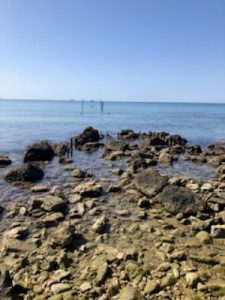

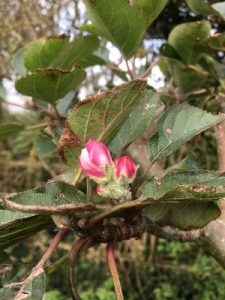

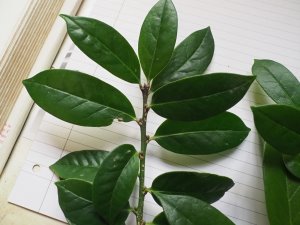

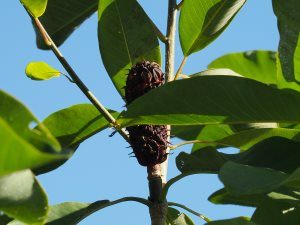
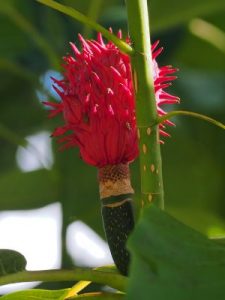
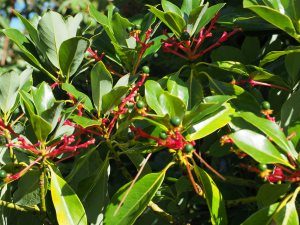
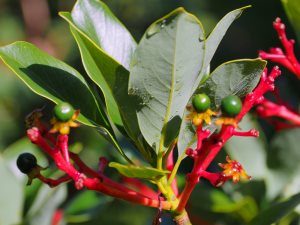
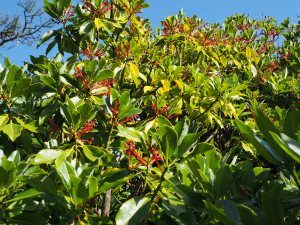
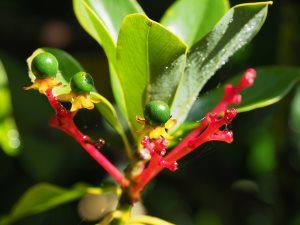
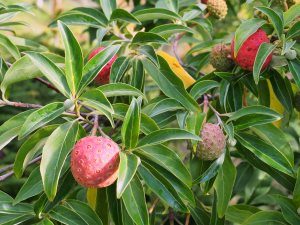
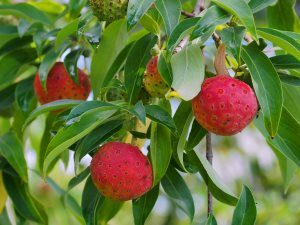
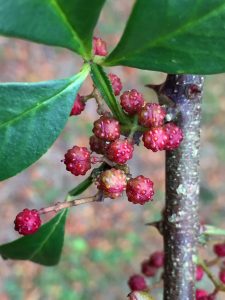
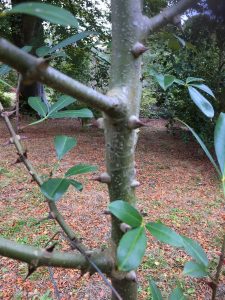
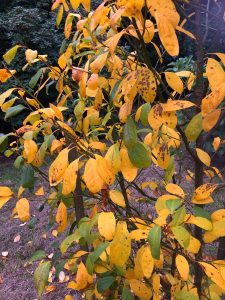
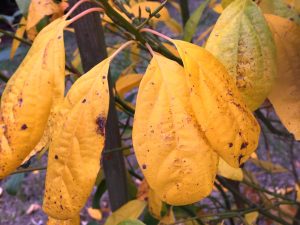
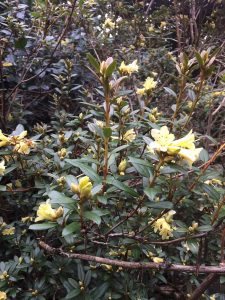
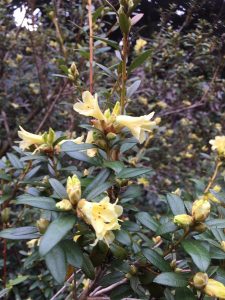
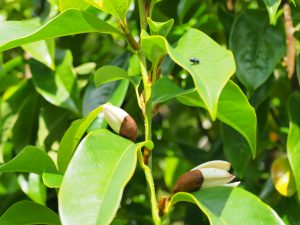
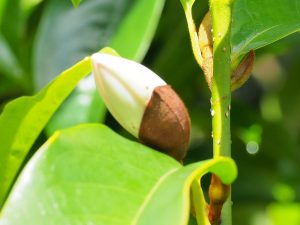
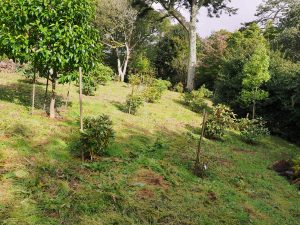
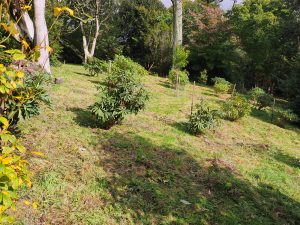
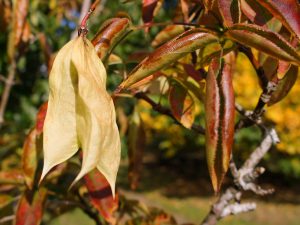
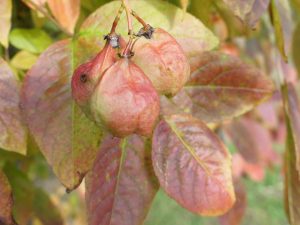
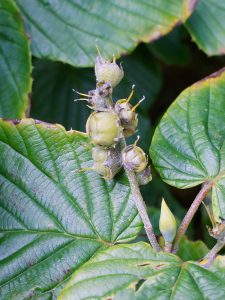
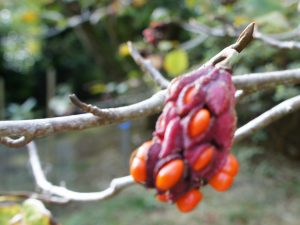
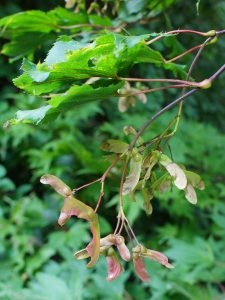
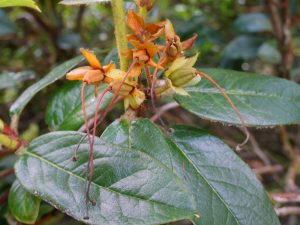
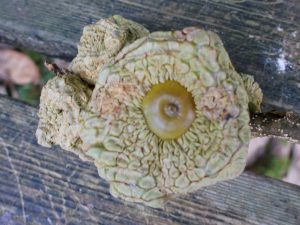
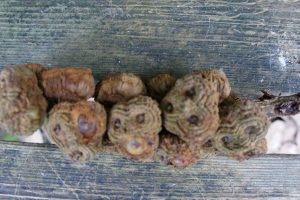
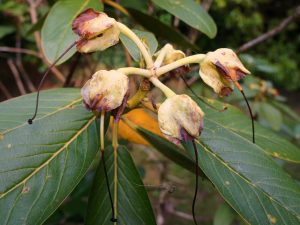
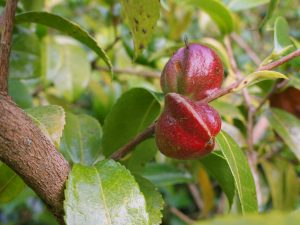
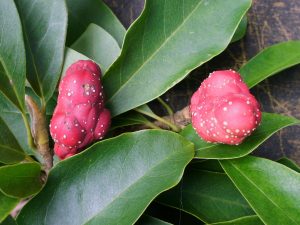
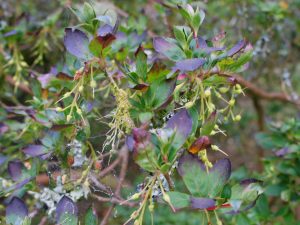
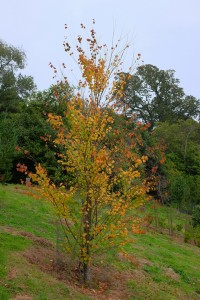
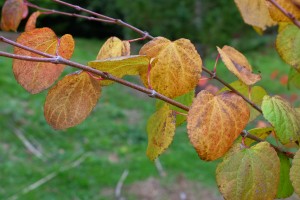
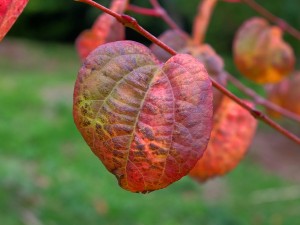
To the pic of Podocarpus acutifolius
There is a mistake in one sentence. ……similar to Salix udensis ‘ Selika ‘ or Cryptomeria ‘ Sekkansugi ‘. This is not correct: It must be : …… or Cryptomeria jap. ‘ Kilmacurragh’ or ‘ Cristata’.